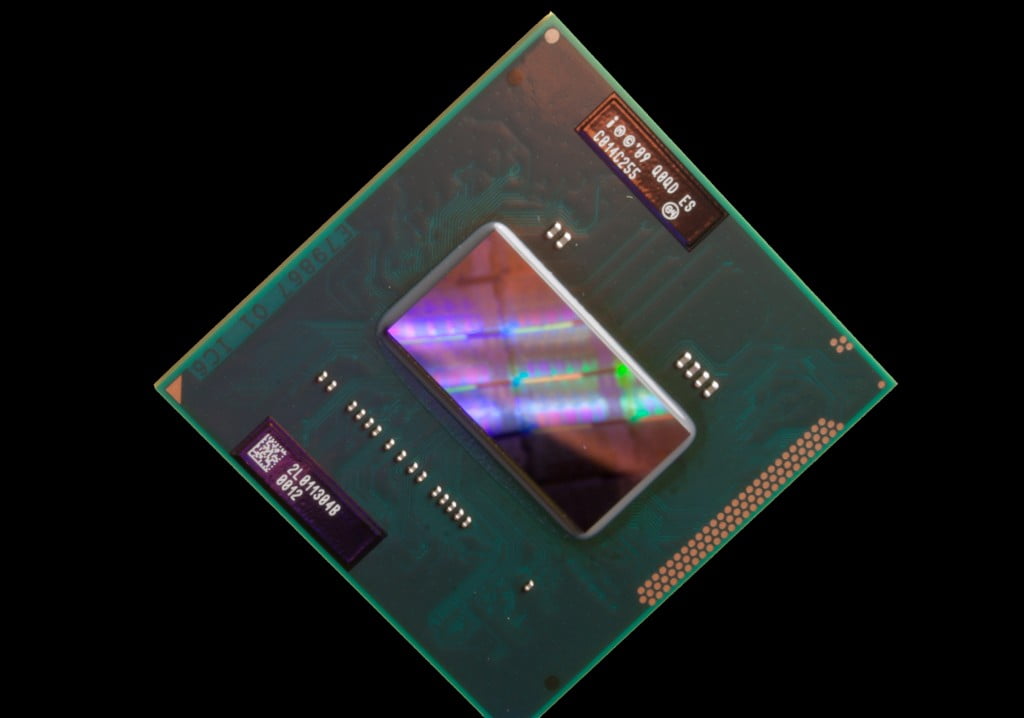Intel has recently unveiled its next generation of chips, called ‘Sandy Bridge’, developed in Israel. This line of new chips is supposed to replace the current ‘Nehalem’ chips which were introduced just two years ago and is used mainly for desktop machines as well as for laptops.
“If the development of the Centrino chip that was introduced in 2003 was the first big leap step for Intel’s Haifa R&D Center, then surely the development of ‘Sandy Bridge’ is the second one”, says Shlomit Vice, an executive engineer in Haifa’s R&D center and the Project Manager of Sandy Bridge.
“The new chip is not far from being revolutionary” says Ron Friedman, the Vice President of Intel and the manager of developing new chip architecture in Haifa’s R&D center. “The new chip will introduce new graphics capabilities both in video content and gaming. Moreover, the battery life and its consumption have been improved significantly. Practically, the time you can spend watching video content using this new chip has been doubled in comparison to the previous models”.
The chip will deliver better picture quality on three levels: brightness, colors and levels of contrast. Also, it is supposedly ten times faster when it comes to transferring content from external devices such as cameras or smartphones, as well as upgrade conversion capabilities from one file format to another.
Another innovation presented by Intel, supposedly will make content providers happier by battling privacy on the internet. The new innovation will introduce new encryption capabilities specifically for multimedia content such as movies and games. “This new encryption capabilities will enable content providers to provide legal video content on personal computers with complete control on the source file”, says Friedman.
Friedman also addresses the competition with Intel’s R&D centers in China and India: “The Israeli R&D center receives new projects all the time, not just because of Zionism, but mostly because of the country’s availability in top-level engineers. It is more than clear to all the engineers in the center that there is daily competition between the different centers and that being the best is one our top priority.”
“Clearly, competing in terms of labor cost is not feasible in countries like China or India and we will never be physically close to the headquarters like the R&D center in Oregon or California. We are trying to provide an added value to the firm, and clearly should the innovation level in Israel be the same as in India, than sooner or later we will face some sort of danger. Thus, we are always thinking towards the future.”
Even though the new chip was only introduced days ago, Intel’s subsidiary in Israel has long forgotten the ‘Sandy Bridge’. Today, the R&D team is working on ‘IvyBridge’, the next generation scheduled for release by 2015. This chip is supposed to reduce the current market chips to a 22 nano-meter size and is developed in cooperation with the R&D centers in the United States.
…
To read the original story in Hebrew click here
Translation by Or Sivan
Via http://www.calcalist.co.il
Photo by Intel
Related posts

Editors’ & Readers’ Choice: 10 Favorite NoCamels Articles

Forward Facing: What Does The Future Hold For Israeli High-Tech?

Impact Innovation: Israeli Startups That Could Shape Our Future




Facebook comments